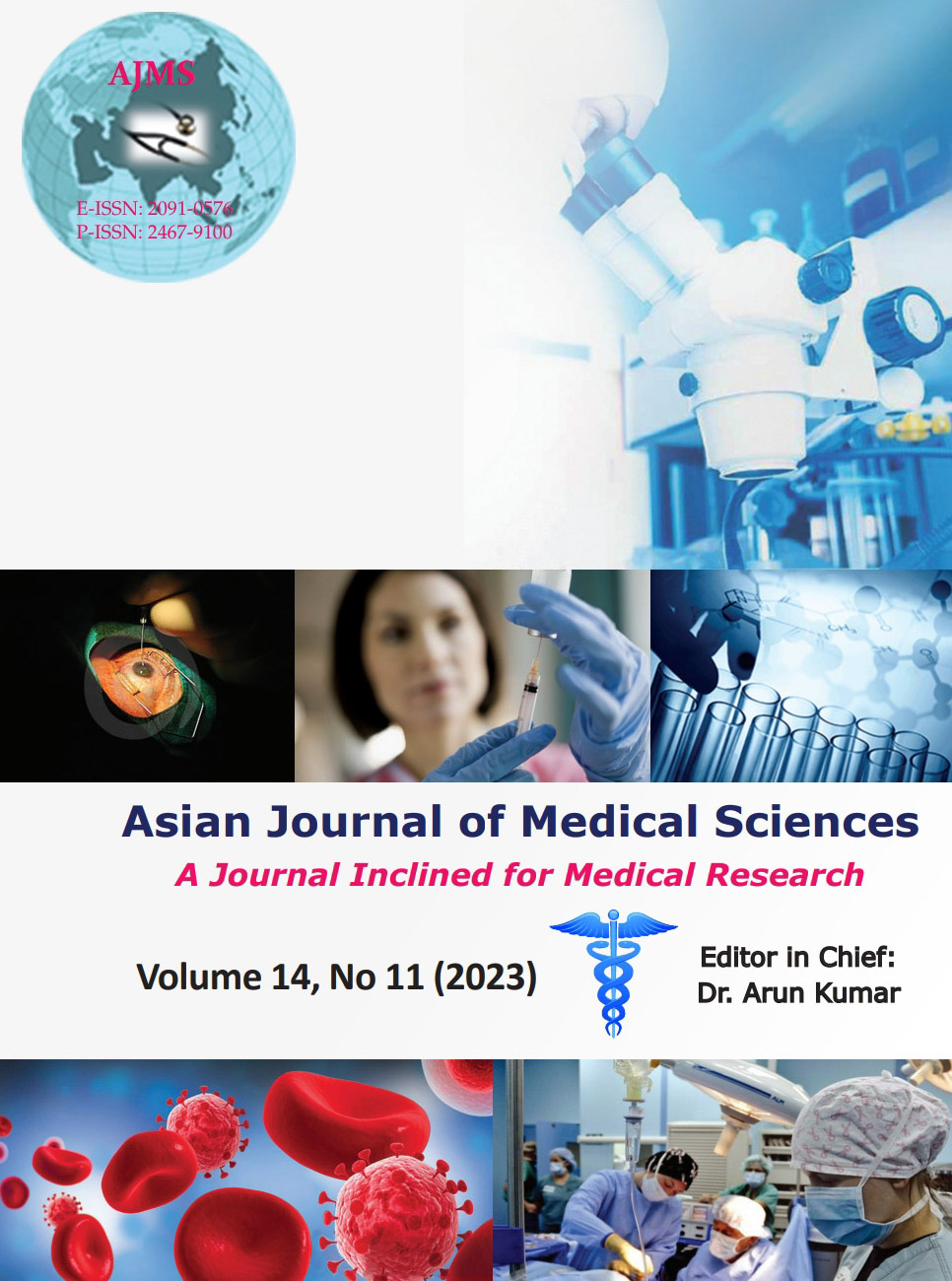Bilateral nevus of Ota: A case series and literature review
Keywords:
Bilateral nevus of Ota; Nevus of Ota; Hori’s nevus; Dermal melanocytosisAbstract
Nevus of Ota is a dermal melanocytic hamartoma clinically characterized by confluence of blue-to-gray macules, distributed along the ophthalmic and the maxillary divisions of the trigeminal nerve. It is usually unilateral and only 5–15% of cases have been reported to have bilateral involvement. This entity has been reported predominantly in darkly pigmented individuals, particularly in Asians and blacks. Case reports and case series describing this unique entity are very rare in literature. Herein, we report three cases of bilateral nevus of Ota at a tertiary care center in Eastern India. A detailed history, clinical examination, Wood’s lamp examination, and histopathological correlation were done in all the cases. In all the cases, lesions started with bluish pigmentation on the sclera and out of three cases, two had palatal involvement as well.
Downloads
Downloads
Published
How to Cite
Issue
Section
License
Copyright (c) 2023 Asian Journal of Medical Sciences

This work is licensed under a Creative Commons Attribution-NonCommercial 4.0 International License.
Authors who publish with this journal agree to the following terms:
- The journal holds copyright and publishes the work under a Creative Commons CC-BY-NC license that permits use, distribution and reprduction in any medium, provided the original work is properly cited and is not used for commercial purposes. The journal should be recognised as the original publisher of this work.
- Authors are able to enter into separate, additional contractual arrangements for the non-exclusive distribution of the journal's published version of the work (e.g., post it to an institutional repository or publish it in a book), with an acknowledgement of its initial publication in this journal.
- Authors are permitted and encouraged to post their work online (e.g., in institutional repositories or on their website) prior to and during the submission process, as it can lead to productive exchanges, as well as earlier and greater citation of published work (See The Effect of Open Access).




